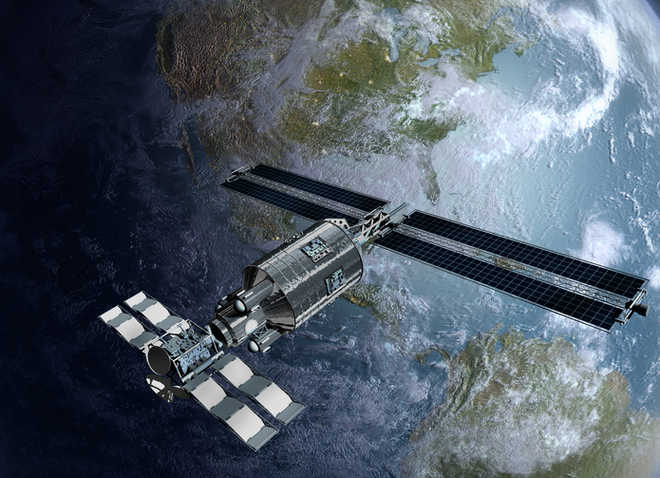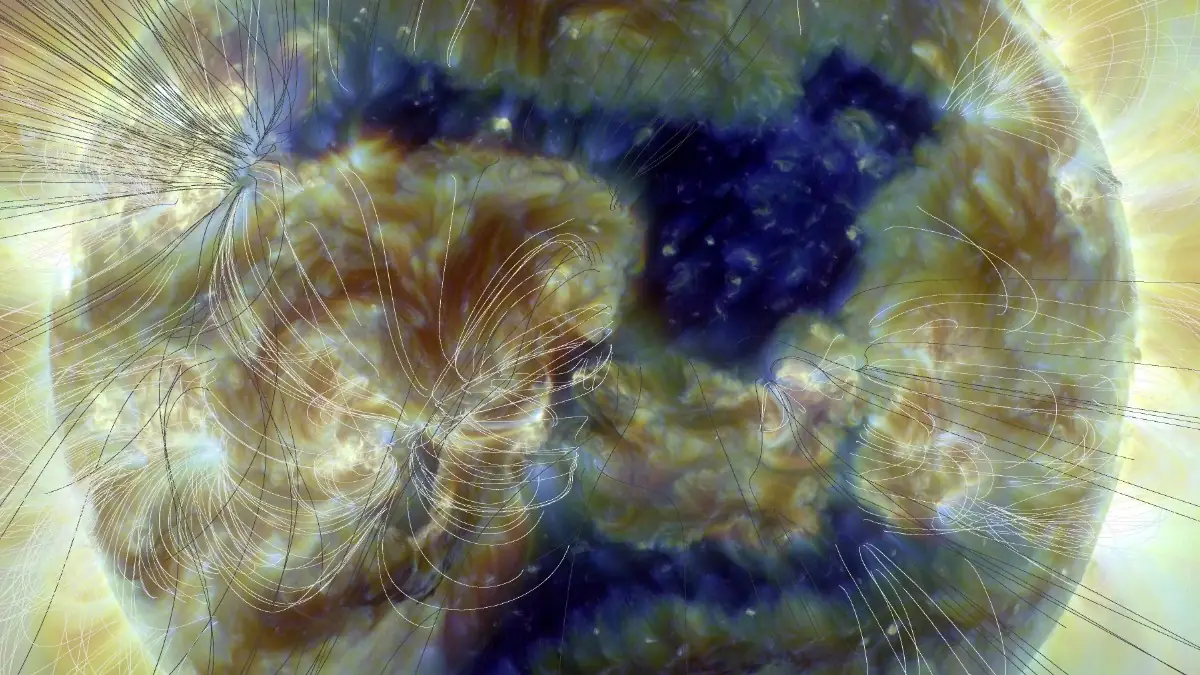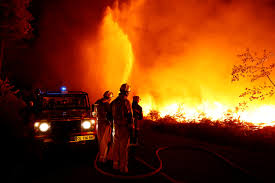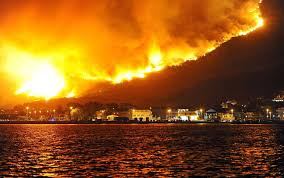
Pentagon drops satellite storm data
Pentagon Pulls the Plug on Satellite Storm Data, Raising Alarm in Forecasting Communities
In a sudden and unexpected move, the Department of Defense (DoD), under the Pentagon’s oversight, has announced that it will cease sharing microwave satellite data used to track and predict severe weather events like hurricanes and tropical storms. This decision, initially slated for the end of June but now postponed to July 31, caught the meteorological community off guard forcing forecasters to reassess their strategies just as the peak of hurricane season arrives. The shift stems from the DoD transitioning from its aging Defense Meteorological Satellite Program to newer classified satellites, but it has set off a storm of concern among scientists and emergency managers who rely on near real time data to detect rapid storm intensification overnight, often referred to as “sunrise surprises.”
Microwave data is vital because it can penetrate dense cloud cover and reveal a storm’s inner structure eye development, eyewall symmetry, and precipitation core intensity. Traditional satellite imagery infrared and visible light loses visibility during nighttime hours, leaving a forecasting blind spot. When that blind spot coincides with a storm’s sudden strengthening phase, forecasters face delays in issuing warnings and tracking shifts in trajectory or intensity. The Pentagon’s withdrawal of this dataset threatens to widen forecasting gaps, potentially affecting preparation times for coastal residents and first responders in the Caribbean, Gulf Coast, and Eastern Seaboard.
The DoD has defended its decision as a step to streamline operations and prioritize national security with advanced sensors on next gen satellites like the Weather System Follow On Microwave (WSF‑M), expected to come online later this year or in early 2026. However, these systems are primarily designed for military and climate monitoring purposes and may not readily feed data into public weather operations. Meteorological agencies will likely face delays integrating WSF‑M feeds into forecasting pipelines. An interim period without comparable data will persist and during a hurricane season filled with storms prone to overnight intensification, the implications are serious.
The warning signs were immediate. Within hours of the Pentagon’s initial announcement, NOAA and NASA submitted requests for postponement, voicing their concerns to maintain continuity in observation. While the deadline has been extended to July 31, meteorologists are still calling for a longer transition window. A sudden cutoff with only a few weeks’ warning compromises data assimilation frameworks, especially in regions where reconnaissance flights are limited. Experts remind us that satellite microwave data is irreplaceable it reveals the warming of an eye, pinching of eyewalls, and inflows that signal dangerous intensification. Losing this capability is equivalent to driving a car blindfolded in the rain.
Emergency management systems and infrastructure partners have begun adjusting. Hurricane modeling centers are shifting tactics leaning more on buoy and aircraft reconnaissance, deploying ocean gliders for real time readings, and increasing reliance on numerical weather models. But none of these options wholly replicate microwave sensitivity. Ground based radar is too localized, infrared lacks penetration, and aircraft sorties are expensive and weather limited. The uncertainty introduced by this data gap will likely lead to cautious, less confident forecasts potentially broader warnings issued earlier than necessary, or threats underestimated until daylight.
Beyond immediate weather hazards, secondary impacts loom. Microwave data also feeds climate studies related to polar ice, soil moisture, and global precipitation trends fields already strained by cuts to climate centered data platforms. Withdrawals of this nature intersect with larger debates about data transparency and resilience. When public weather inputs depend in part on classified or dual use satellites, national security protocols can filter down to civilian life and risk slowing hazard response. Some scientists warn this sets a troubling precedent weather data, considered a public good, becomes too easily commoditized or restricted.
On the policy front, this issue has caught the attention of Congress. Lawmakers from coastal states have begun pressing for oversight hearings, questioning if the transition adequately considers public safety and economic repercussions. Delays in consensus around integrated data streams risk legal friction too; weather monitoring is governed by international conventions, and the U.S. has an obligation to share critical storm data with regional partners. Any reduction in transparency could undermine cooperation with Mexico, Caribbean nations, and Canada who rely heavily on U.S. provided satellite readings during major hurricanes.
At its core, this situation illuminates a tension between military modernization and public safety. Technological upgrades in theory offer better sensors, higher resolution, and even strategic advantages. Yet real world complexity means even small data gaps can produce outsized forecasting errors, revealing just how fragile our climate monitoring ecosystem remains. As hurricane season intensifies, affected agencies must manage predictions with imperfect information. In doing so, their peers, the public, and political leaders will assess if current systems offer a resilient safeguard or a brittle illusion.
In summary, the Pentagon’s withdrawal of satellite microwave data in the midst of hurricane season spells a forecasting challenge that reverberates from meteorological labs to coastal doorsteps. The revised cut off date provides a short breathing space, but the underlying issue remains unresolved. As newer satellites transition into service and bureaucratic negotiation plays out, the nation must grapple with if vital weather data should ever be subject to such abrupt restrictions. The stakes are more than technical they concern lives, livelihoods, and national preparedness in the face of nature’s most formidable storms.










